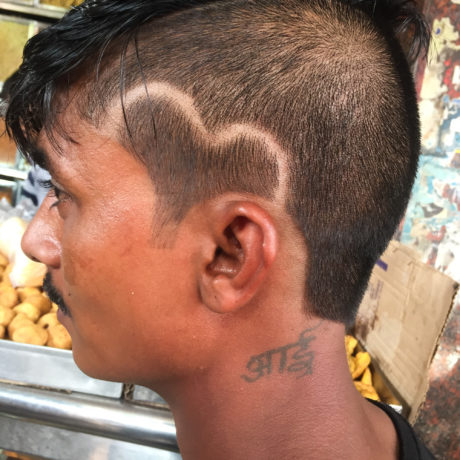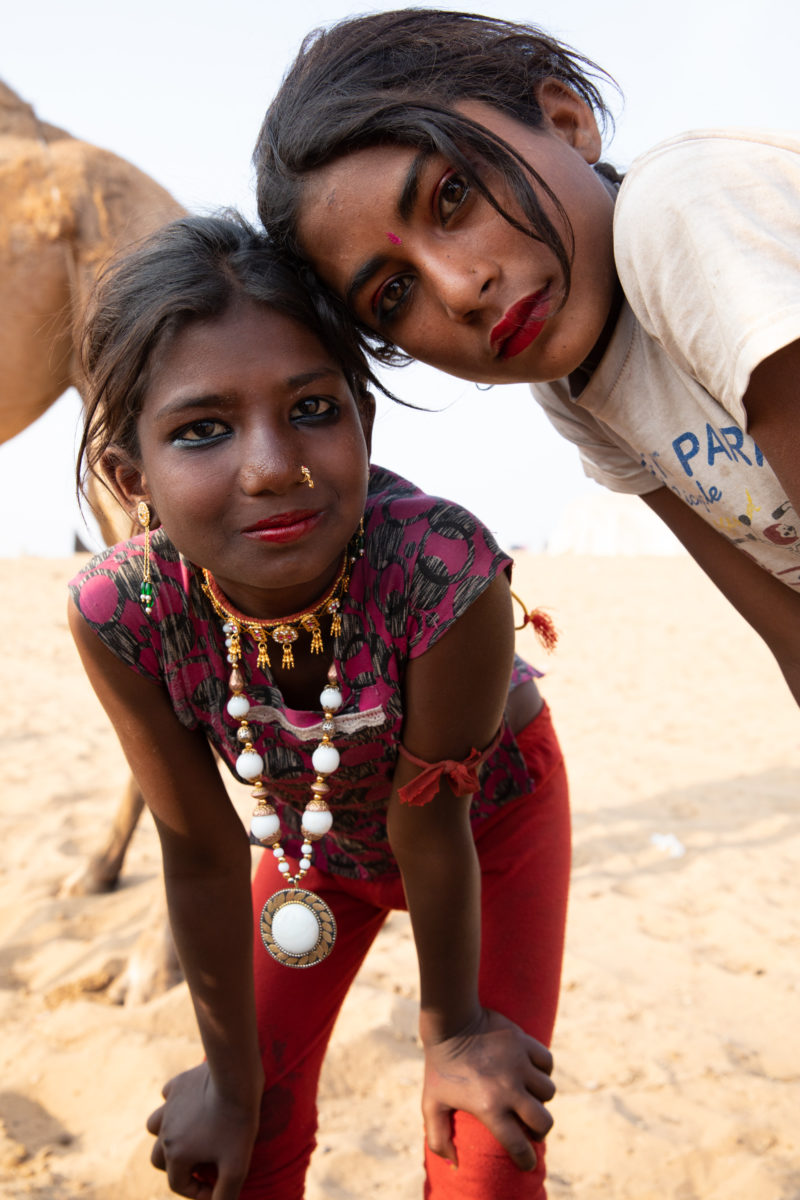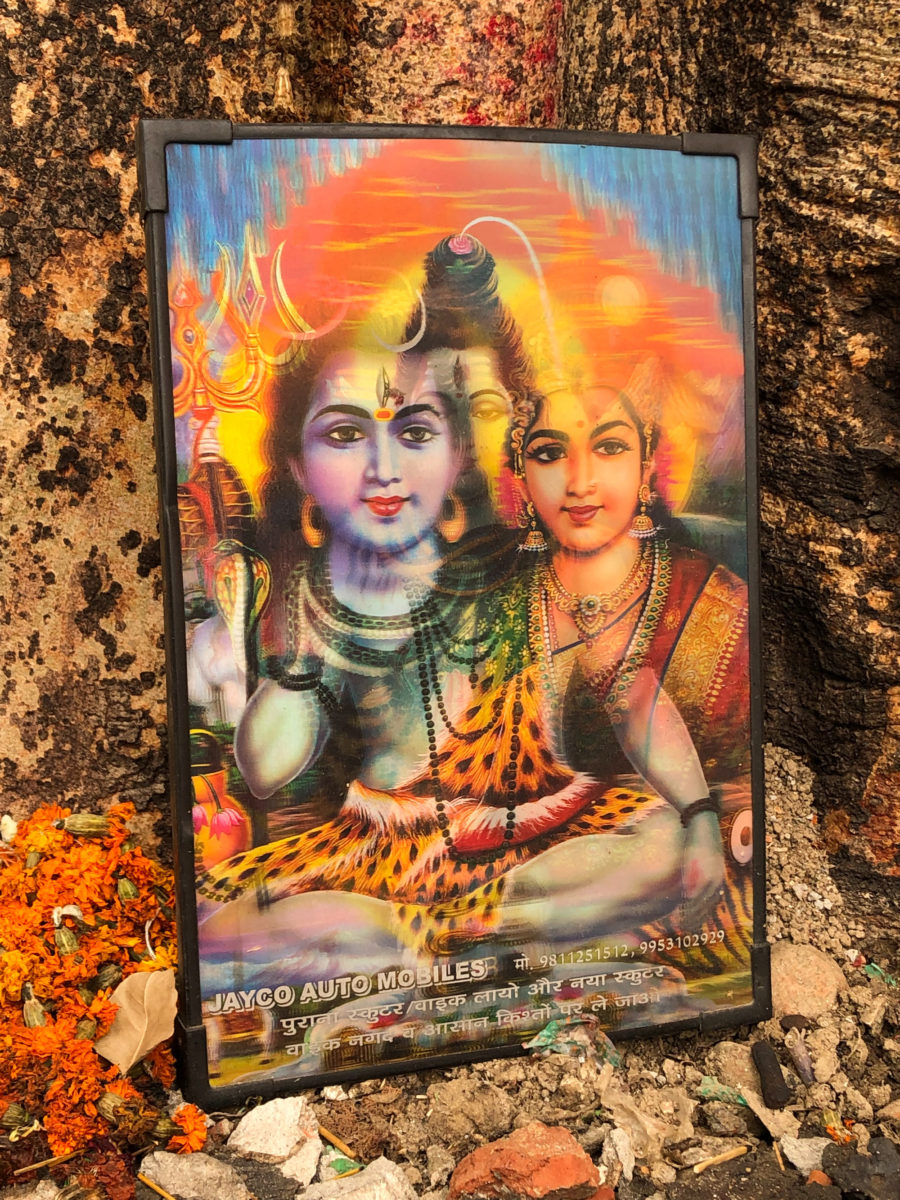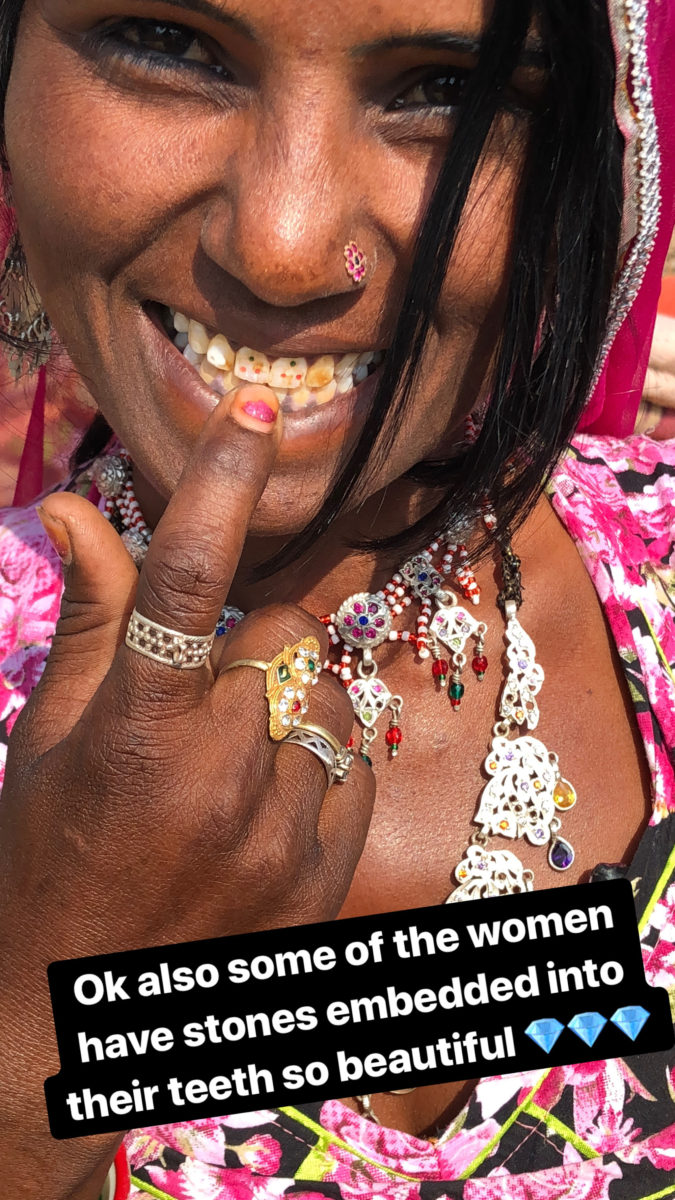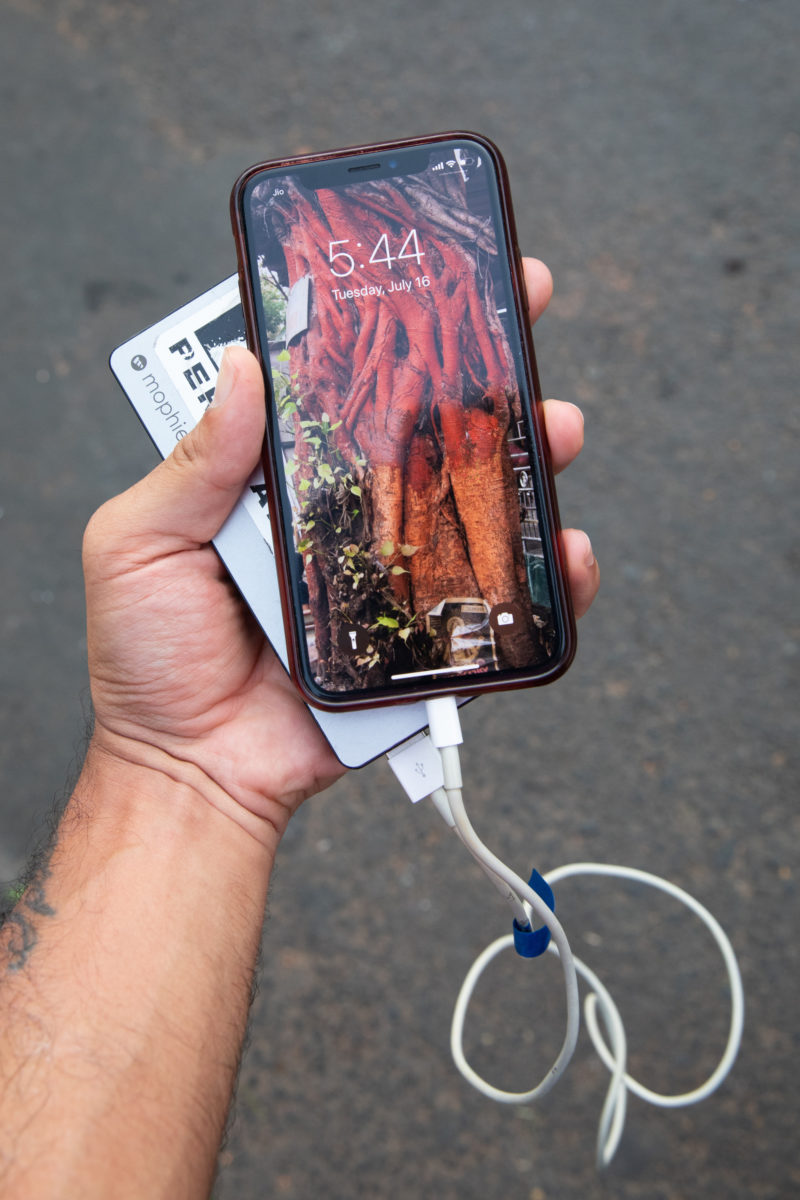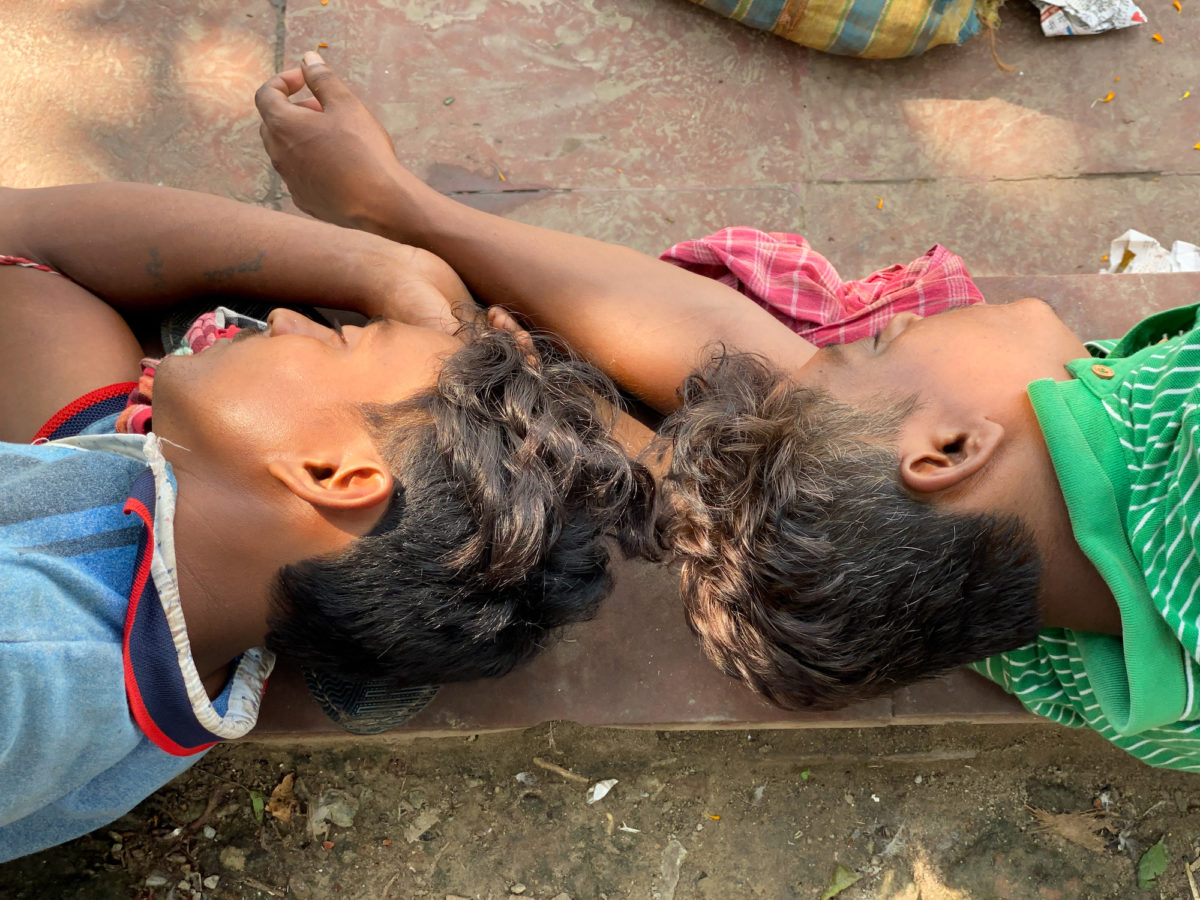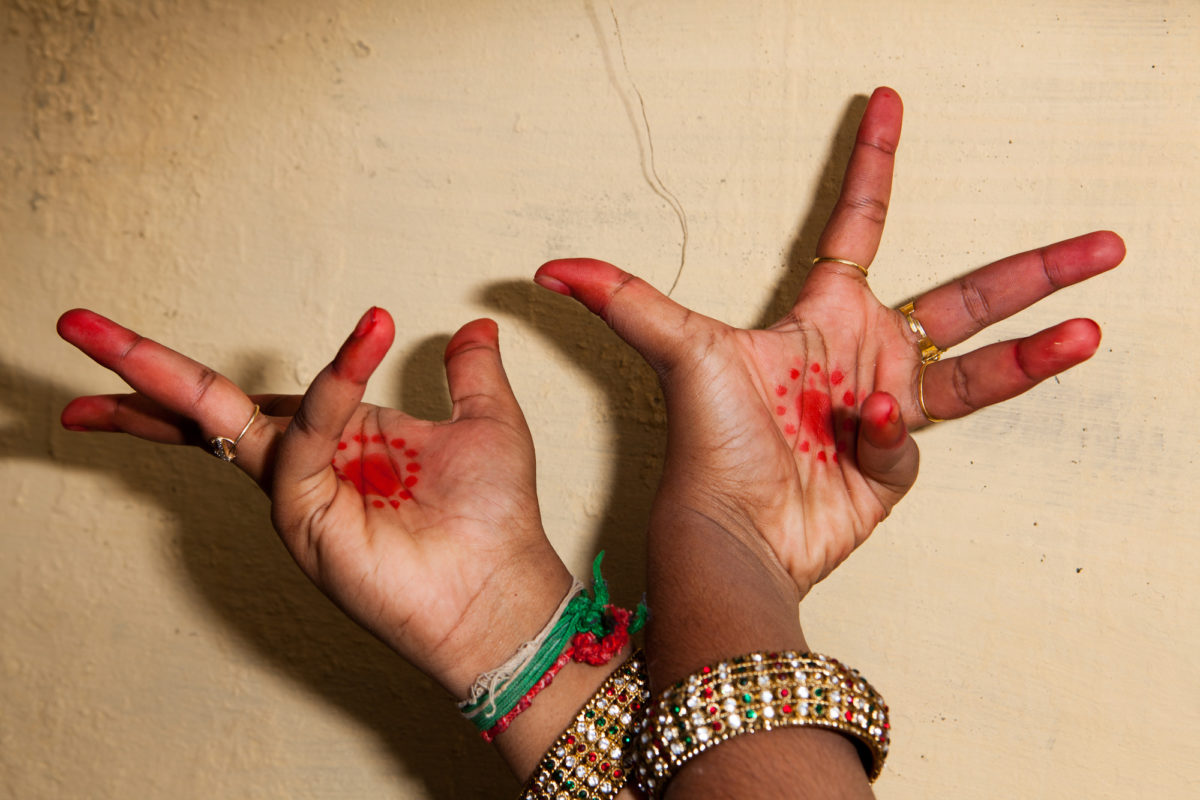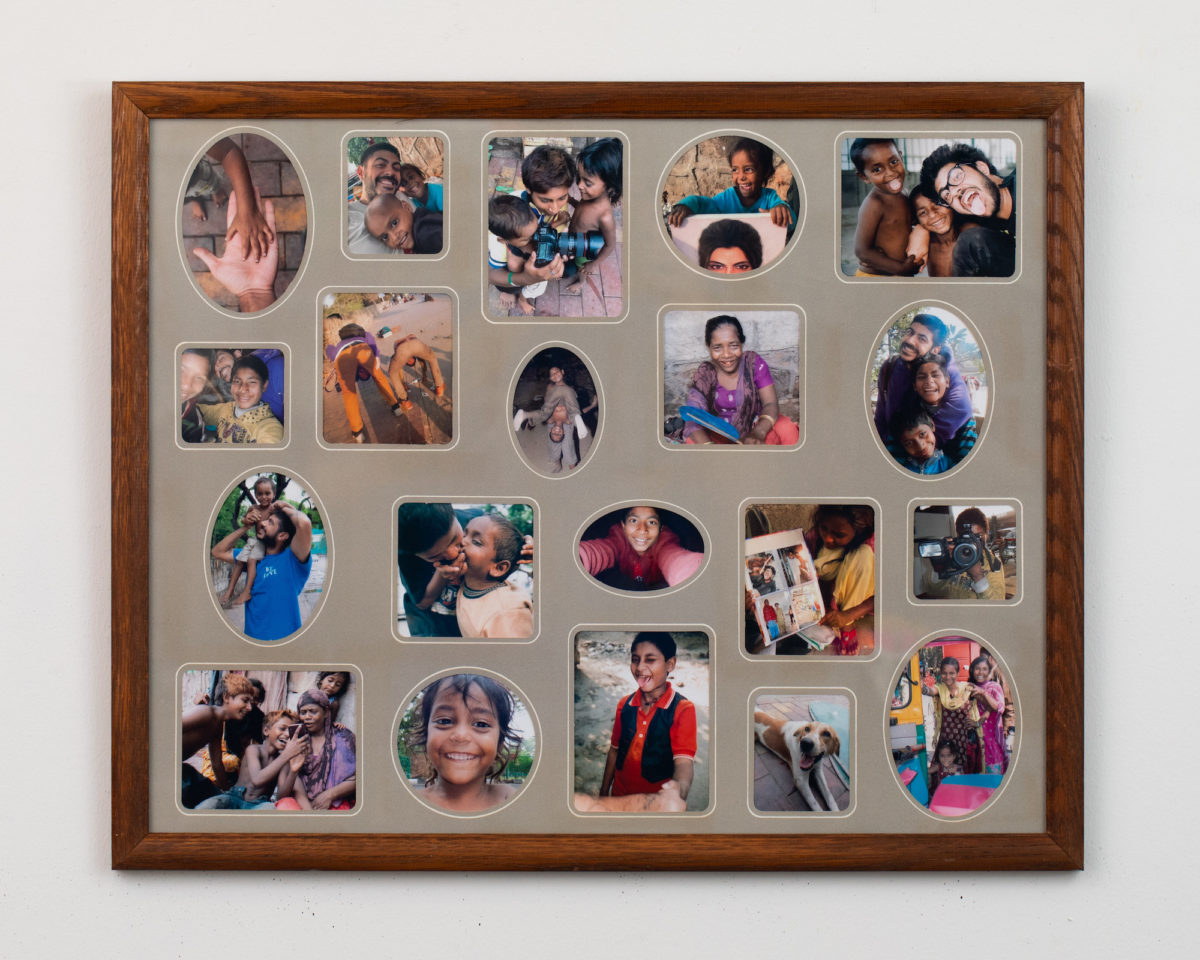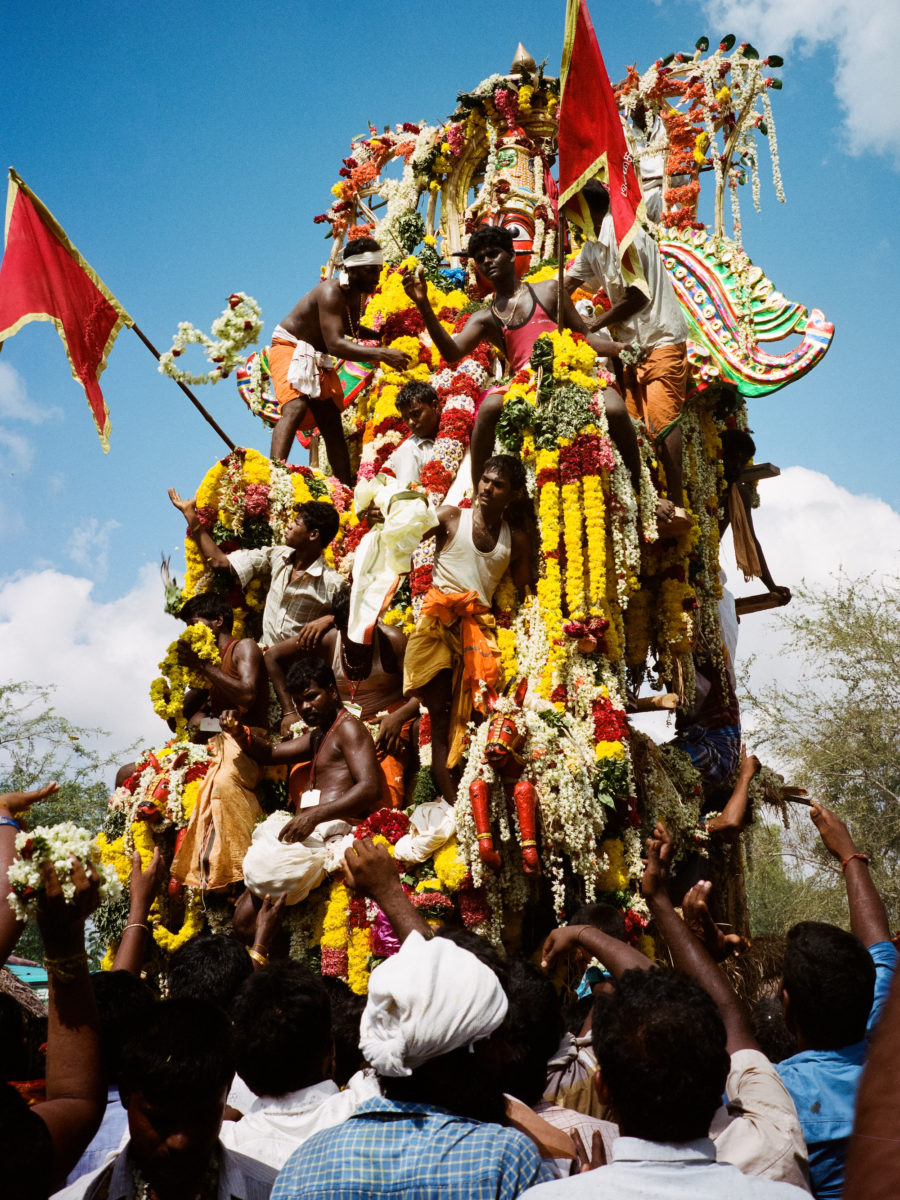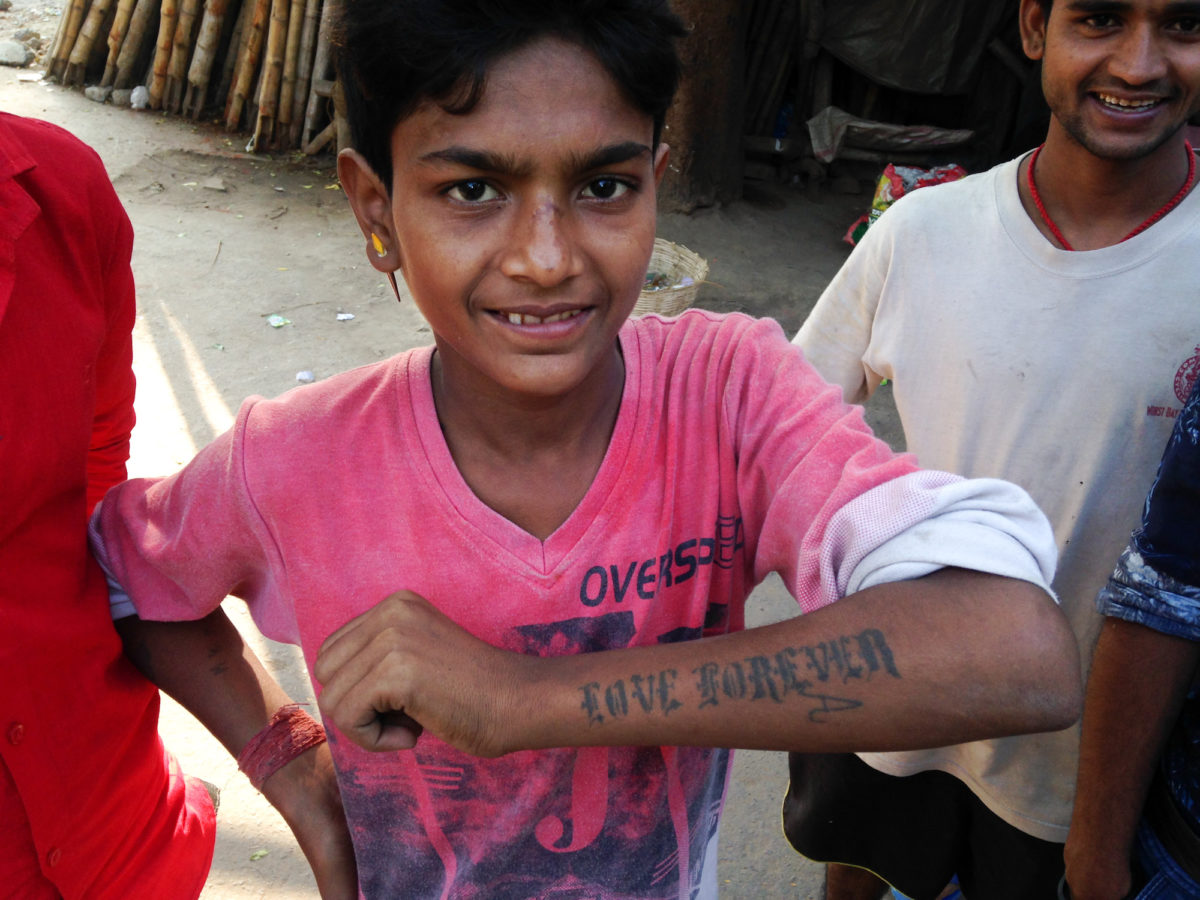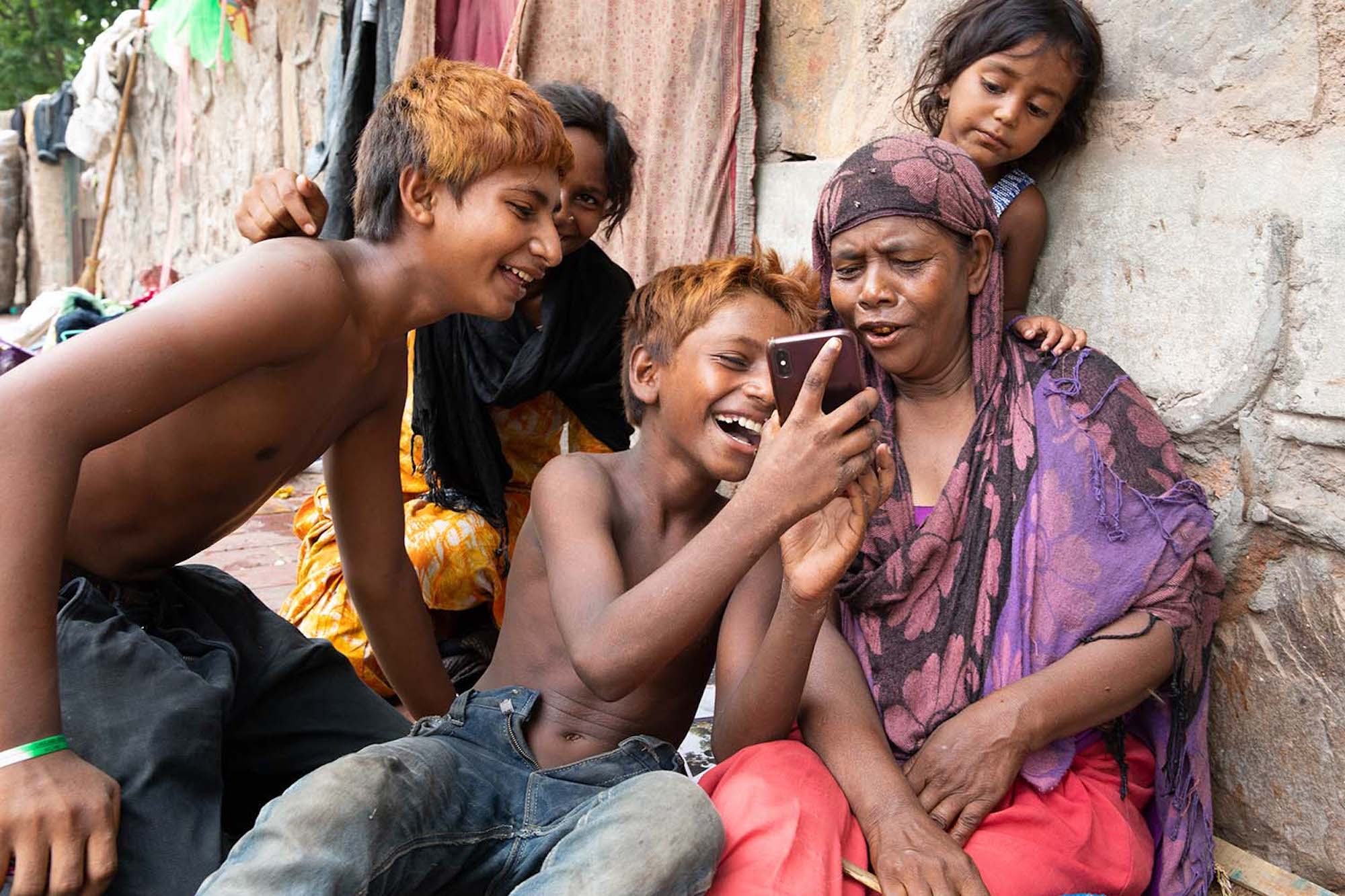
In Carmen Winant’s essay ‘How we Practice’, she considers how the terms of practice for an athlete’s body could offer insight for every artist’s body. “Practice is the perennial state of being almost-there,” she says. “The ever-making, searching, rehearsing and confronting the impossible.”
An unrelenting commitment to inquiry, and the act of animating ideas over and over again, is both a generative and necessary part of Nick Sethi’s process. The first-generation Indian American, currently based in New York, is known for his energetic, vivid and playful portrait and documentary work. In his continuous act of looking and making, he actively abandons hierarchy and embraces the entirety of his lived experience without resistance. “It levels the playing field of your reality and expectations, and in the process collapses the space between work and life, photographer and subject, research and finished product,” he tells me. “It makes it all one.”
When Sethi began working with photography 14 years ago, it was quickly apparent that choosing is an act of omission. Sceptical that understanding a place or relationship could be distilled into one frame, he began a process of continuous documentation, working towards a critical mass to bring multiple ideas and experiences into conversation with each other. “No matter what happened to me, positive or negative, it became a story. As long as I’m alive and doing something, the work is being made.”
Sethi explains, “Losing a camera or getting so sick I can’t get out of bed would ordinarily be hugely detrimental to the work, but when you’re documenting everything, those experiences are on the same level as getting to attend a festival you have been waiting years to go to. It was a beautiful realisation.” Collage has always been a particularly important strategy for artists, a means to reimagine an alternative way of understanding or being in the world. Sethi uses the spirit of collage to entangle the viewer in a messy reality, one of multiplicity, that actively defies categorisation.
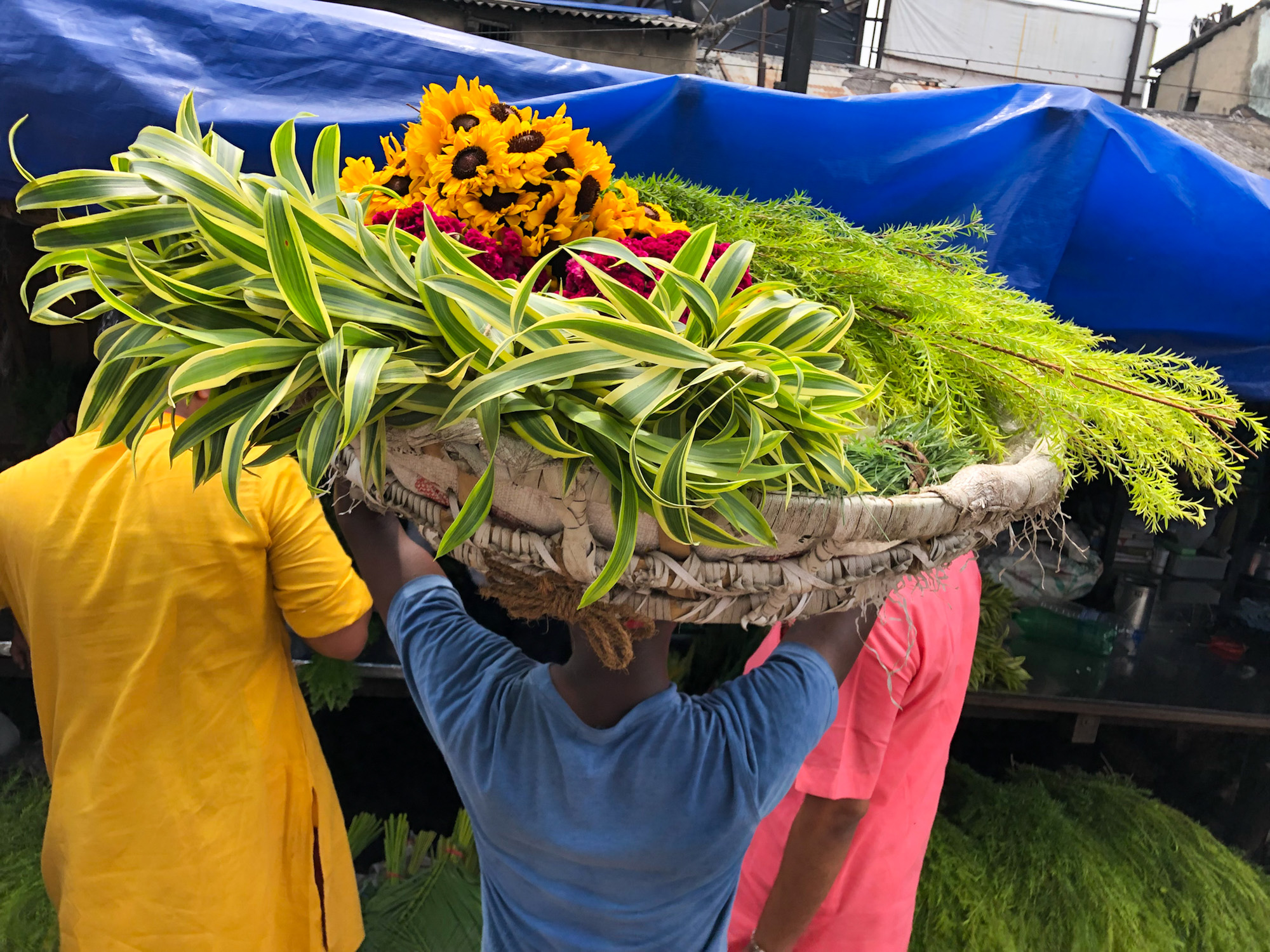
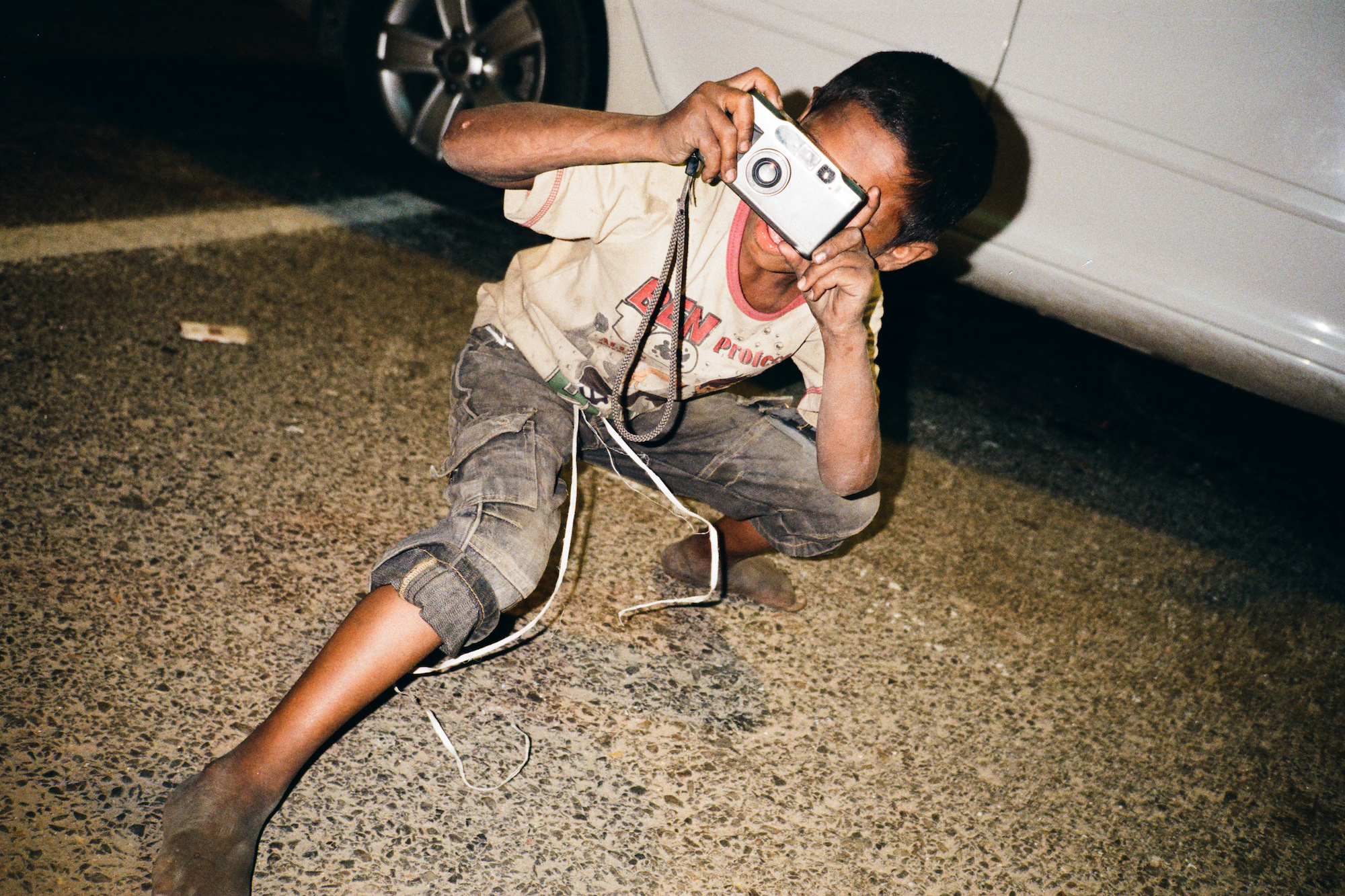
“No matter what happened to me, positive or negative, it became a story. As long as I’m alive and doing something, the work is being made”
My first encounter with Sethi’s work happened in 2018 during the launch of his debut monograph, Khichdi, which frames the first decade of his ongoing work in India. The book is a visceral encounter that immediately transports you into the familiar frenetic and often contradictory energy of an Indian street, in which you are continually happening upon something unexpected. Sethi’s open-ended study speaks to the country’s changing character interwoven with his identity, exploring gender, class, technology, tradition and the influence of western culture. The title takes its name from a popular rice and lentil dish eaten throughout India, which is experienced differently depending on the region and state you eat in it. It is a sentiment that describes India’s shifting identity and the photographer’s ever-evolving relationship to it.
One of the central relationships and characters in Khichdi is Bob, a six-year-old street kid Sethi met in 2011. He had pulled over to photograph an elephant on the side of the highway, and Bob excitedly jumped into shot. From that day, they began to spent time together and hang out. Despite speaking different dialects of Hindi, they bonded through photography. As their friendship has deepened, Bob’s family and friends in the community also join in.
Their connection is rooted in shared experience and an unrelenting desire to have fun. “There’s no quicker way to connect with a stranger than to swap faces! You instantly have an intimate relationship. Using TikTok is also magical as it allows you to make something together. I just try to follow the paths that keep me most connected.” These images radiate joy and mutual admiration. Bob and his family live by an overpass in New Delhi, and the nature of their lives means they are often on the move, but Nick always seeks them out whenever he is in town. “Working with Bob and his family taught me more about connecting to people than anyone or anything else in my life.”
The aesthetic force of Sethi’s work is sensory overload, positioning the viewer in a constant state of discovery and reexamination. The work is not simply illustrative. It’s expansive, complex and incredibly tactile, punctuated by moments of tension and emphasis. Century-long traditions rub up against the icons of western capitalism. Endless lines of enquiry open up as unexpected interactions unfold. “Photography is a starting point, but it has infinite possibilities. There is an emphasis on reincarnation and formlessness, similar to how different Hindu gods can be represented in different ways.” For Sethi, the photograph isn’t always the right way to represent certain ideas. He also presents objects he has made, acquired or commissioned to expand the experience of the work. “I’ve been collecting things for years, from scraps of paper to discarded religious idols. It’s in their materiality that so much of what they speak to is contained.”
Sharing his work in progress on social media marked a significant shift in Sethi’s practice. In his long, adventurous Instagram Stories, he conceptually describes his process, the ideas behind that process, and the application of that process as a shared experience. The viewer is invited to be part of something bigger, transforming them from a voyeur to a participant, and their constant dialogue often directly impacts the work he makes. “Incorporating community was never radical; it was just natural for me. It’s a bi-product of working in India. Using social media amplifies that. It’s so communicative. I can be somewhere and not know where I’m going next. But anyone following along online, be it a friend or a stranger, can help guide me somewhere that I otherwise would have never encountered.” Sethi adds: “It tightens the feedback loop in real-time.
“Using TikTok is also magical as it allows you to make something together. I just try to follow the paths that keep me most connected”
Sethi uses photography as a site for empathy, accessing space for consciousness-raising that our lexicon often fails to reach. His grit, dedication and willingness to surrender to whatever life throws his way are integral to his practice and the way he moves through the world. “Although I’ve visited India my whole life, I grew up in the US, and I’m used to American perspectives and expectations of how things are supposed to run on schedule and the quality you are supposed to produce—western ideas state the harder you work, the closer you get to achieving your goal—but that’s really not how India works. As he concludes, “Things are so out of your control, and you have to go with the flow—letting go and trusting in the process.”
All images courtesy of Nick Sethi
Infinite Identities: Photography in the Age of Sharing
At Huis Marseille, new dates to be announced
VISIT WEBSITE